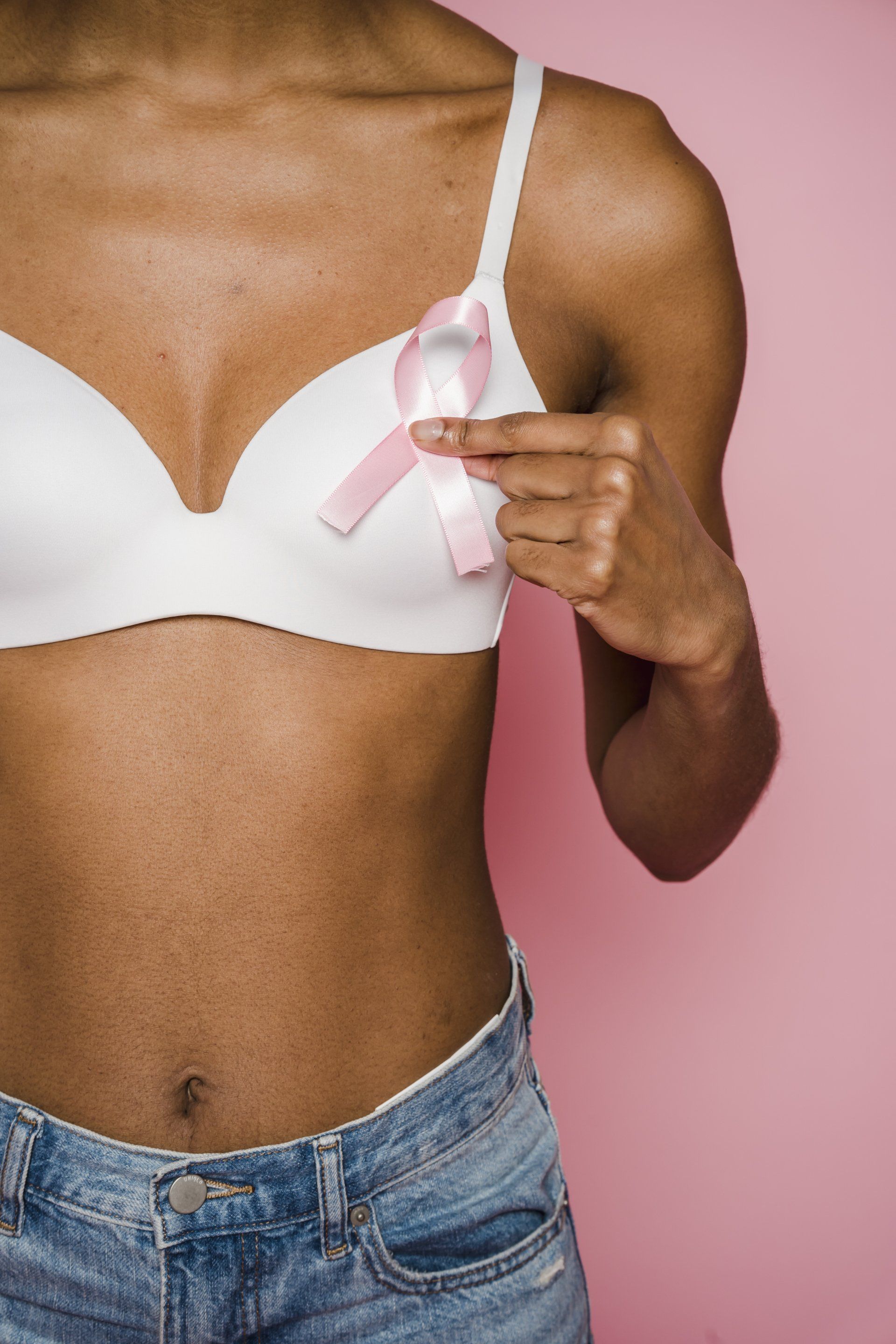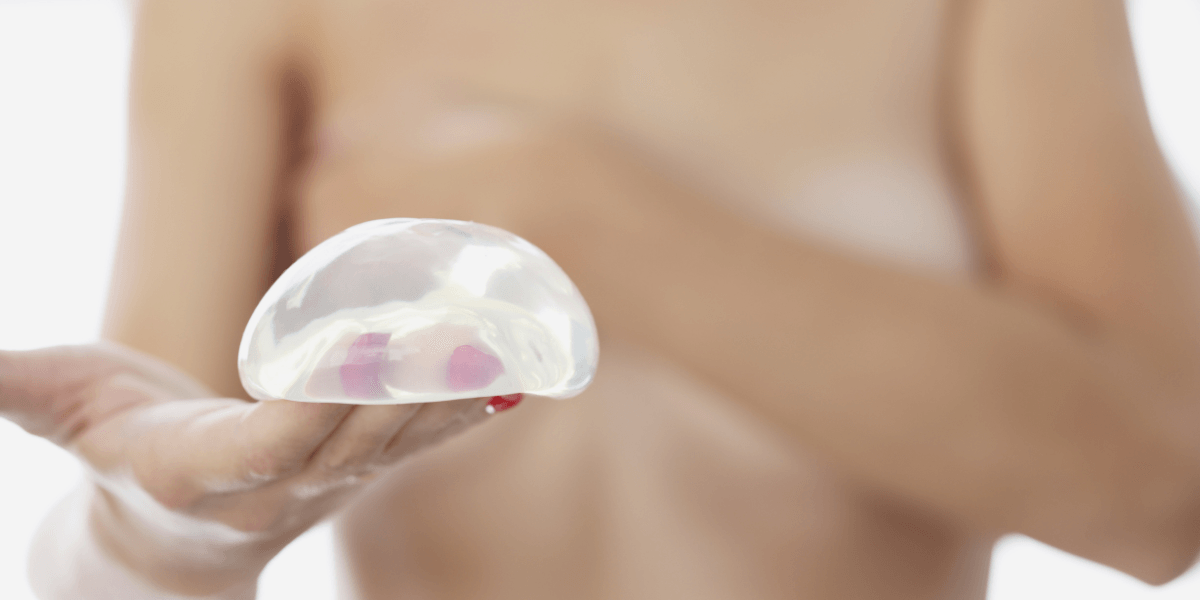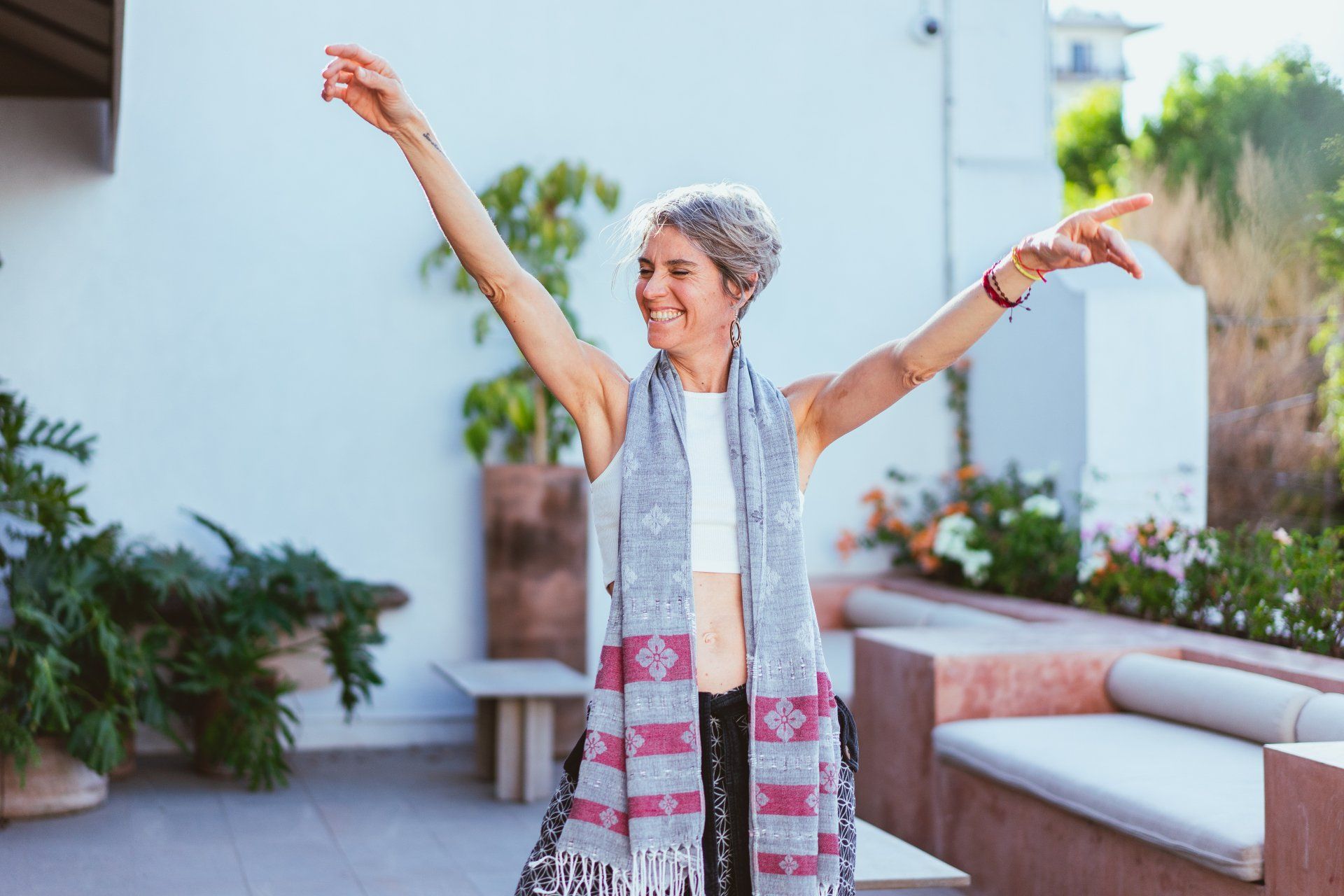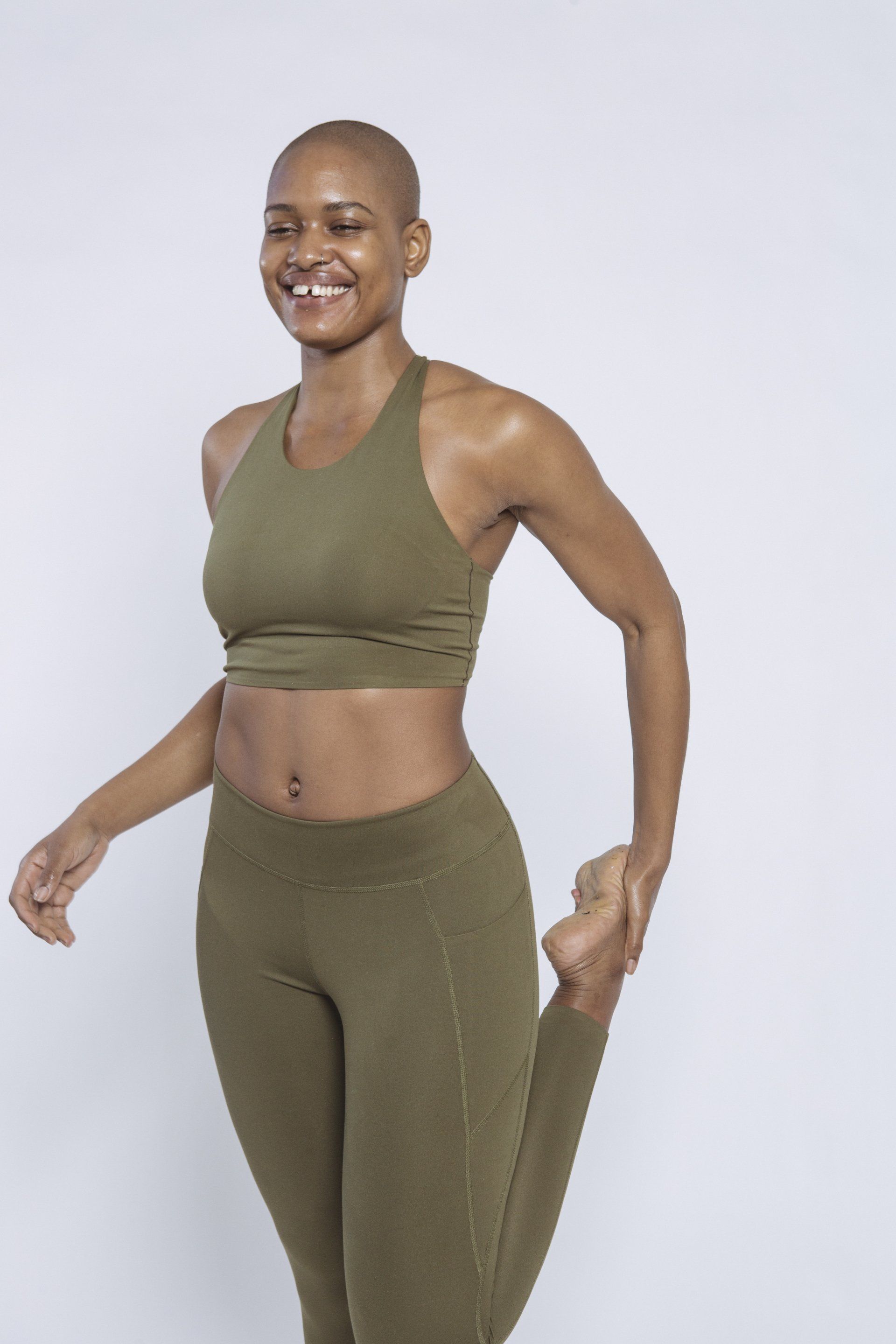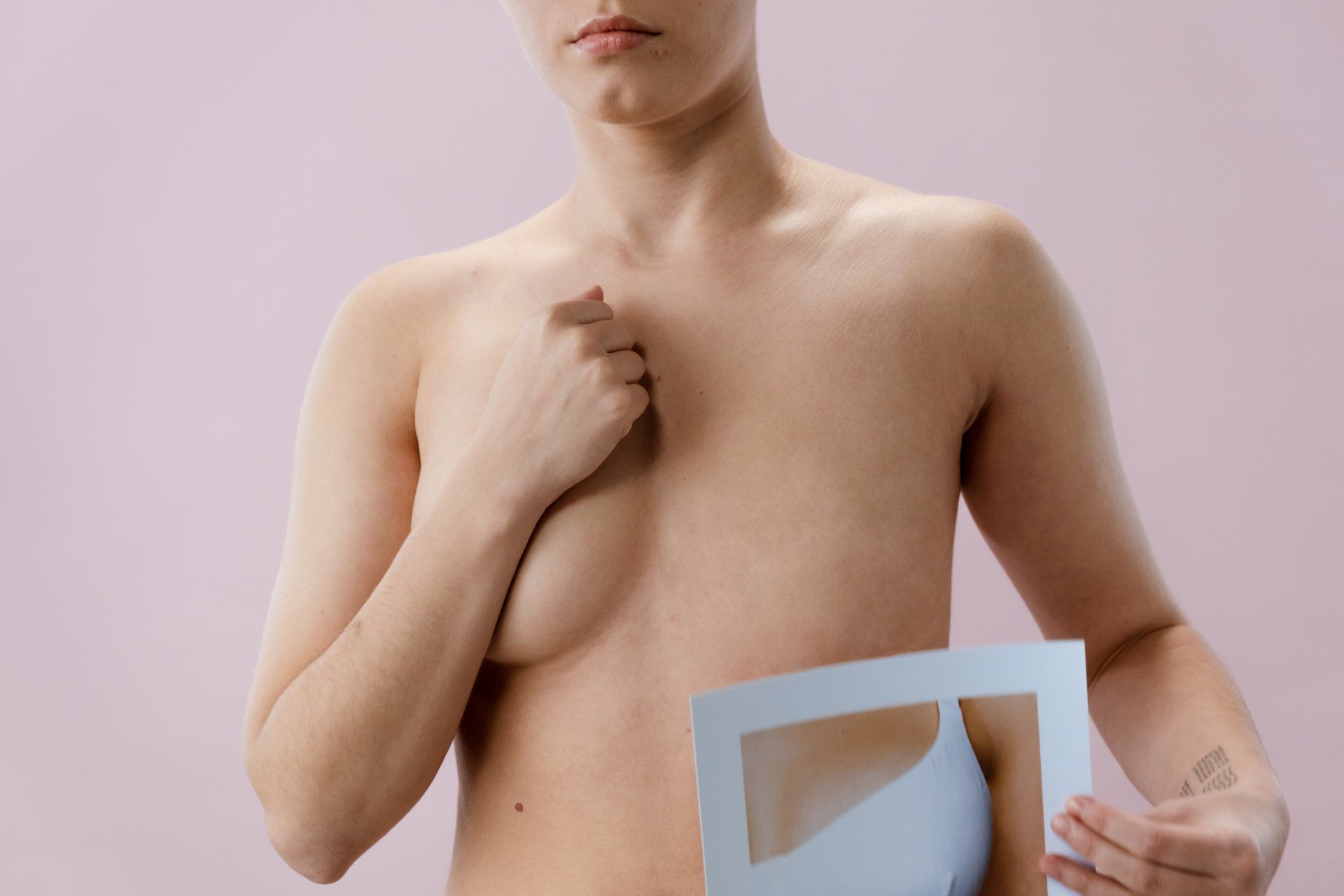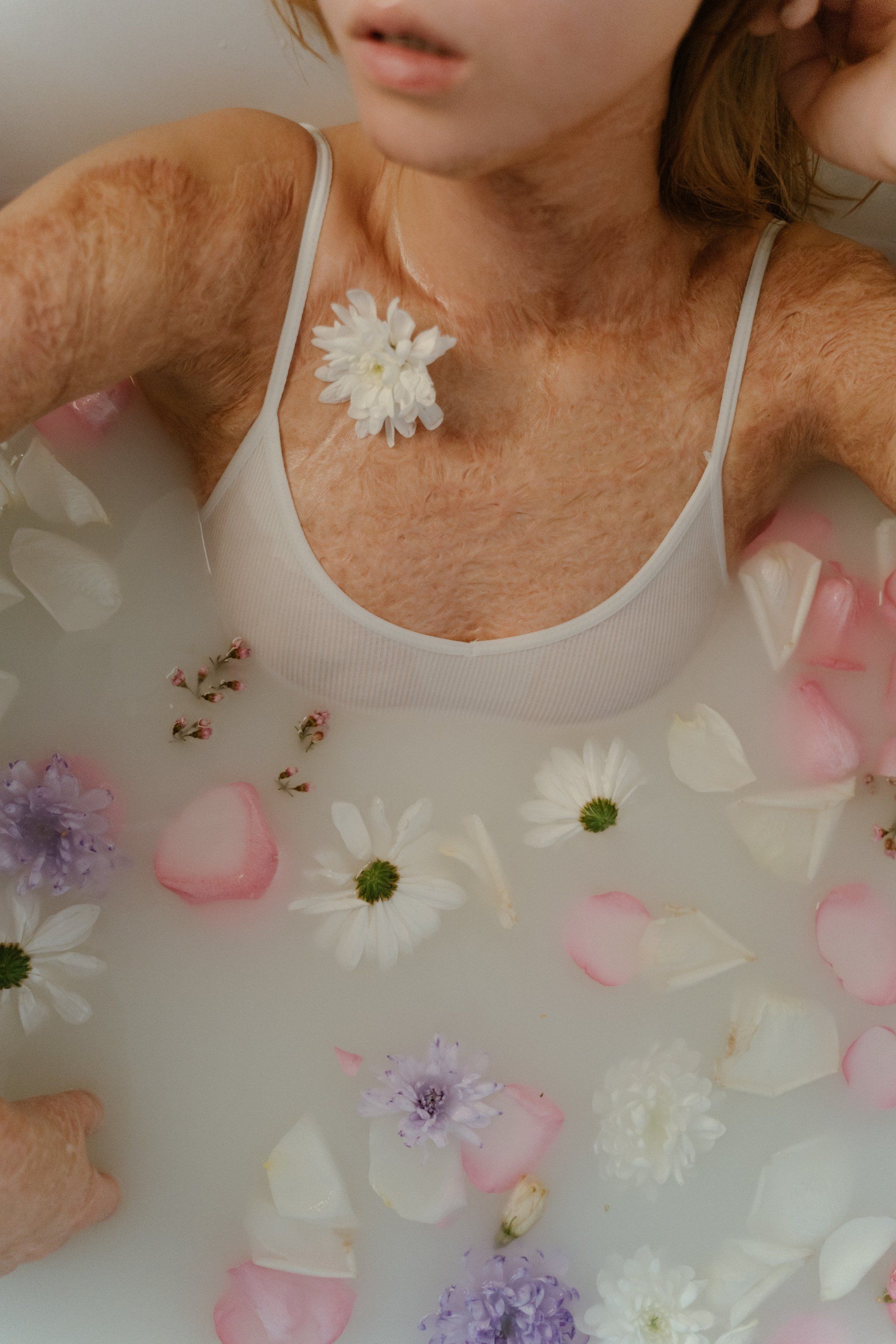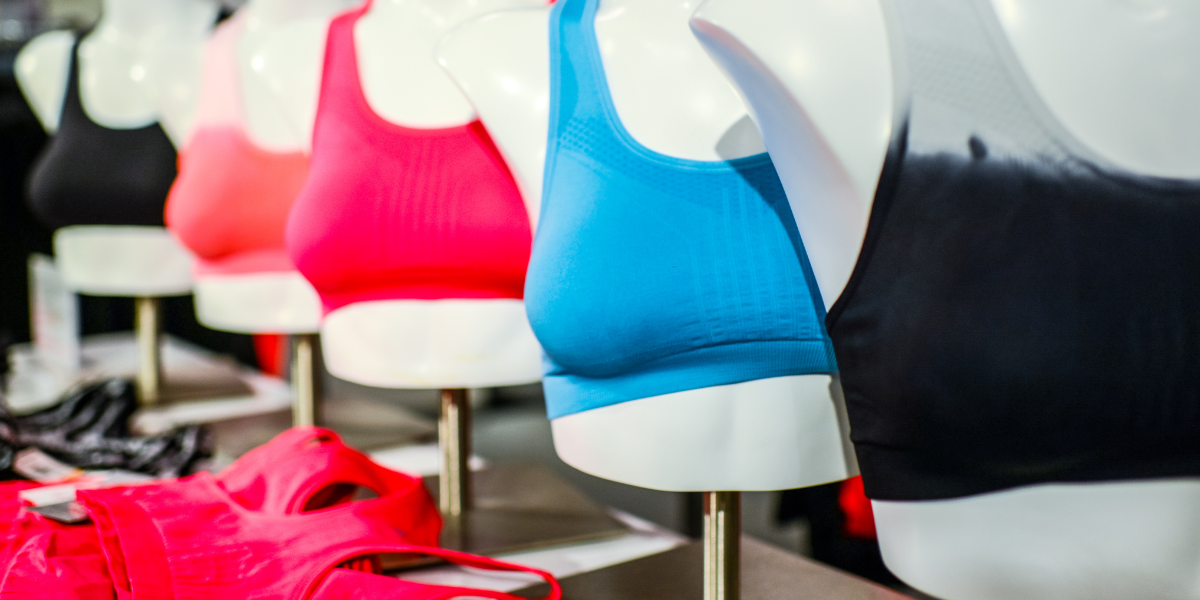The Importance Of Wearing Sunscreen | UV Safety Awareness Month
Did you know that July is UV Safety Awareness Month? This is a time to remind people of the importance of protecting their skin from the sun's harmful ultraviolet (UV) radiation.
One easy way to do this is by wearing sunscreen whenever you're outside. Sunscreen can help protect your skin from sunburns, premature skin aging, and even skin cancer.
Read on to learn more about how to stay safe in the sun this summer!
RELATED: Time To Glow With The Flow: Sensitive Skincare Tips
UV Safety Awareness Month | Protecting Your Skin from the Sun
About UV Safety Awareness Month
July is UV Safety Awareness Month, and there's no better time than now to learn about the dangers of UV exposure, and how to protect yourself and your loved ones from its damaging effects.
The sun emits radiation, including visible light, ultraviolet radiation, and infrared radiation. This radiation is essential for life on Earth, as it powers the process of photosynthesis and helps to regulate the Earth's climate. However, it can also be harmful to humans.
UV radiation is an invisible kind of radiation and cannot be seen or felt. It is also present during a cloudy day and can even penetrate through glass. This means that you can be exposed to harmful levels of UV radiation without even realizing it.
UV radiation makes up a small portion of the sun's total electromagnetic radiation output, but it can cause skin damage, eye damage, and immune system suppression.
Skin damage from UV light includes premature skin aging, sunburn, and skin cancer. Meanwhile, eye damage can lead to cataracts and other problems. And immune system suppression can increase the risk of infections and certain types of cancer.
Ultraviolet radiation can be divided into three types: UVA, UVB, and UVC.
- UVA Rays
UVA rays are the most common type and account for roughly 95% of the UV light that reaches Earth's surface. UVA rays are also the least intense and pose the lowest risk to human health. However, they can still penetrate through clouds and glass, making them responsible for most of the sun damage to human skin cells. This includes sunburn, premature skin aging, wrinkles, and sun spots.
- UVB Rays
Ultraviolet B rays are shorter than UVA rays and have more energy. Exposure to this type can cause skin cancer and cataracts.
Thankfully, UVB rays make up only a small percentage (5%) of the sun's ultraviolet radiation. They are mostly blocked by the ozone layer.
However, UVB rays also have some benefits, including the production of vitamin D in the skin. For this reason, it is important to balance the risks and benefits of exposure to UVB rays.
- UVC Rays
UVC rays are the shortest and most energetic of the three types of UV radiation. Fortunately, they are largely filtered out by the Earth's atmosphere and do not pose a significant health threat since they do not reach the ground.
However, they can be produced by artificial sources, such as mercury vapor lamps and LED lights. For this reason, it is important to use right precautions when working with artificial sources of UVC radiation. Use of sunscreen can also help to reduce the risk of harmful effects from exposure to UVC rays.
How Sunscreen Works
Sunscreen is a lotion, spray, or gel that you apply to your skin. Most people are aware that it provides UV protection. But how does it actually work?
There are two main ways in which sunscreen provides UV protection. The first is by absorbing ultraviolet radiation and converting it into heat, which is then released from the skin.
The second way in which sunscreen provides UV protection is by reflecting UV light away from the skin. This is why some sunscreens have a sun protection factor or “SPF” rating–the higher the SPF, the more effective the sunscreen will be at reflecting UV rays.
The Different Types of Sunscreen
There are two main types of sunscreen: chemical and physical.
- Chemical Sunscreens
Chemical sunscreens work by absorbing the sun’s UV rays. They usually contain ingredients like oxybenzone, octinoxate, and avobenzone.
- Physical Sunscreens
Physical sunscreens, or mineral sunscreens, work by reflecting the sun’s UV rays away from your skin. They usually contain ingredients like zinc oxide and titanium dioxide.
Which Is Better?
There is no definitive answer to this question. Both types of sunscreen are effective at protecting your skin from the sun’s harmful rays.
However, it is important to note that physical sunscreens tend to be more difficult to apply evenly and can leave a white cast on the skin.
On the other hand, chemical sunscreens can be irritating to the skin and may contain ingredients that are harmful to the environment.
The best sunscreen is one that you will actually use. If you have sensitive skin, a physical sunscreen may be a better option for you. Otherwise, either type of sunscreen will work just fine.
The Benefits of Wearing Sunscreen
There are many benefits to wearing sunscreen, including:
- Preventing Sunburns
Sunburns often occur when people spend too much time in the sun without wearing sunscreen. The sun’s UV rays can damage the skin, causing it to become red and irritated.
In severe cases, unprotected sun exposure and sunburns can lead to blistering and even skin cancer. Thankfully, sunscreen can help to block UV rays and prevent sunburns.
- Reducing Your Risk of Premature Skin Aging
UV ray exposure can damage the collagen and elastin in the skin, leading to wrinkles, fine lines, and sagging skin. By wearing sunscreen regularly, you can help to guard against this damage and keep your skin looking youthful for longer.
- Reducing Your Risk of Sun Spots
Sun spots are dark pigmented areas that form on the skin as a result of damage from UV rays. They typically occur on areas of the body that get too much sun exposure, such as the face, hands, and arms.
While they may be benign and not harmful to your health, they can be unsightly and difficult to get rid of.
Wearing sunscreen can help to prevent sun spots from developing in the first place.
- Reducing Your Risk of Skin Cancer
Ultraviolet radiation is one of the main causes of skin cancer. In fact, melanoma, the deadliest form of skin cancer, is primarily caused by exposure to UV rays.
By wearing sunscreen, you can help reduce your risk of developing this serious disease.
Tips for Wearing Sunscreen
Now that you know the benefits of wearing sunscreen, here are a few tips to help you get the most out of it:
- Choose a Sunscreen with an SPF of 30 or Higher
The SPF, or sun protection factor, is a measure of how well a sunscreen will protect your skin from harmful rays. Look for a sunscreen with an SPF of 30 or higher to get the best protection.
RELATED: The Importance Of Preventive Health Care For Women
- Apply Sunscreen Generously
It takes about two tablespoons of sunscreen to cover your whole body. Make sure to apply it liberally, especially to areas that are exposed to the sun, such as your face, neck, ears, arms, and hands.
- Reapply Sunscreen
Even waterproof sunscreens need to be reapplied every two hours to remain effective. If you are swimming or sweating, make sure to reapply more often.
How to Choose the Right Sunscreen
With so many sunscreens on the market, it can be hard to know which one to choose. Here are a few things to look for when selecting a sunscreen:
- Broad-Spectrum Protection
The best sunscreens will protect your skin from both UVA and UVB rays. Look for a sunscreen that is labeled “broad-spectrum sunscreen” to make sure you are getting the best protection.
- Water-Resistance
Look for a sunscreen that is labeled “water-resistant.” These sunscreens will stay on your skin even when you are wet.
- Non-Comedogenic Formula
Some sunscreens can clog pores and cause breakouts. If you have acne-prone skin, look for a sunscreen that is labeled “non-comedogenic” to make sure it won’t clog your pores.
Sunscreen Myths Debunked
Despite the many benefits of sunscreen, there are still some misconceptions about it. Here are a few sunscreen myths that have been debunked:
- Sunscreen Causes Cancer
One of the most common sunscreen myths is that it causes cancer. However, this is not true. In fact, studies have shown that sunscreen actually helps to reduce the risk of most skin cancers.
- You Don’t Need Sunscreen on Cloudy Days
Another common myth is that you don't need to wear sunscreen on cloudy days. However, UV rays can penetrate clouds, so it's important to wear sunscreen even when it's overcast.
- You Only Need to Wear Sunscreen in the Summer
Many people think that they only need to wear sunscreen during the summer months. However, UV rays are present all year round, so it's important to wear sunscreen all year long.
The Best Sunscreen
As we age, there are plenty of things that we cannot control. We can, however, take precautions.
You wear your skin every day; be sure to take care of it with a good sunscreen. Block out rays that rapidly increase the signs of aging, lock in the moisture you do have, and hold on to skin elasticity and firmness by keeping the skin properly protected and equipped for the environmental effects that are around us every day.
nutraMetrix Cellular Laboratories De-Aging Sunscreen Broad Spectrum SPF 50+ can be used on the body, but gentle enough and fast absorbent enough to wear on the face and under makeup.
This sunscreen provides broad spectrum protection against both UVA and UVB rays. In addition, it is enhanced with antioxidants and other beneficial ingredients that help to protect the skin from premature aging. It contains green tea extract and vitamin E, which help to fight free radicals and protect against cellular damage.
So whether you're spending a day at the beach or just running errands, make sure you're protected with nutraMetrix Cellular Laboratories® De-Aging Sunscreen SPF 50.
Other Ways to Protect Your Skin from Sun Exposure and UV Rays
- Wear Protective Clothing
In addition to wearing sunscreen, you can also protect your skin by wearing protective clothing, such as a broad-brimmed hat, long-sleeved shirts, and pants.
- Avoid Tanning Beds
Tanning bed emits harmful UV rays that can damage your skin. In fact, tanning beds are considered carcinogenic by the World Health Organization and the US Department of Health and Human Services.
If you want to get a tan, it's best to do it the safe way with sunless self-tanner.
- Stay in the Shade
If possible, try to stay in the shade when you're engaging in outdoor activities, especially during the middle of the day when the sun's rays are the strongest. You may also use umbrellas for the most protection.
- Wear Sunglasses
UV light can cause various eye injuries and vision problems, such as macular degeneration and solar retinopathy, which can lead to vision loss. For your eye protection, you should wear UV-blocking sunglasses, and limit your exposure to direct sunlight.
Final Thoughts
Sunscreen should be a part of your daily routine, no matter what time of year it is. Not only does sunscreen help protect your skin from the sun’s harmful rays, but it can also help reduce the signs of aging.
So make sure you keep a bottle of sunscreen in your bag, and apply it whenever you need it.
Up Next:
- What Is A Wellness Exam For A Woman And Why You Should Get One
- 5 Signs You're Under Too Much Stress (and What to Do About It)
- How to Stop Stressing and Get Better Sleep
